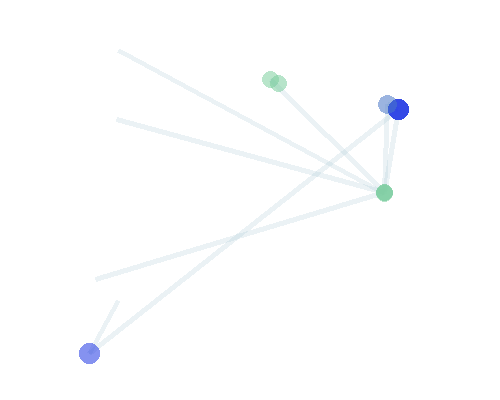


Our Research
Over the first three decades of life the human brain undergoes a process of large-scale organization. This process emergence and refinement of networks of brain regions, interconnected by white matter tracts. These networks have a characteristic organisation that is a universal hallmark of complex nervous systems. However, each brain is uniquely organized. This is because of the probabilistic nature of human brain development. This means the end point cannot be predicted from the start of development. This is largely because our brains are shaped by both our genetics but also by our experience of the external world. Establishing the features of an individual's environment that guide brain development is a central challenge for developmental scientists. A particularly pressing need is to understand how and why brain organization adapts to adverse environments in early life. Addressing this need has big implications for how we support child development, to make sure that everyone has a better chance of flourishing in future. Our research combines four key elements to do this, with each being addressed by a work-package.

Work Programme 1
Build capacity within generative network modeling, testing the contribution of multiple design choices and building new weighted models. This will result in a new open source toolbox to widen access to this form of modeling across the field.

Work Programme 2
Apply the new methods from Work Package 1 to large-scale population-representative datasets. This will allow us to use genomics and rich environmental information to understand how the type, timing, and severity of adversity shapes the formation of brain networks against the background of genetics.

Work Programme 3
Simulate the development of networks under different conditions to mimic the effects of adverse experiences. This will allow us to identify potentially adaptive responses to exposure to adversity and directly probe network robustness.

Work Programme 4
Build computational models that allow us to test the functional consequences of adversity-related changes. Using reservoir models, we will implement our generative networks as flexible, trainable, in silico systems, to compare network performance across contexts.